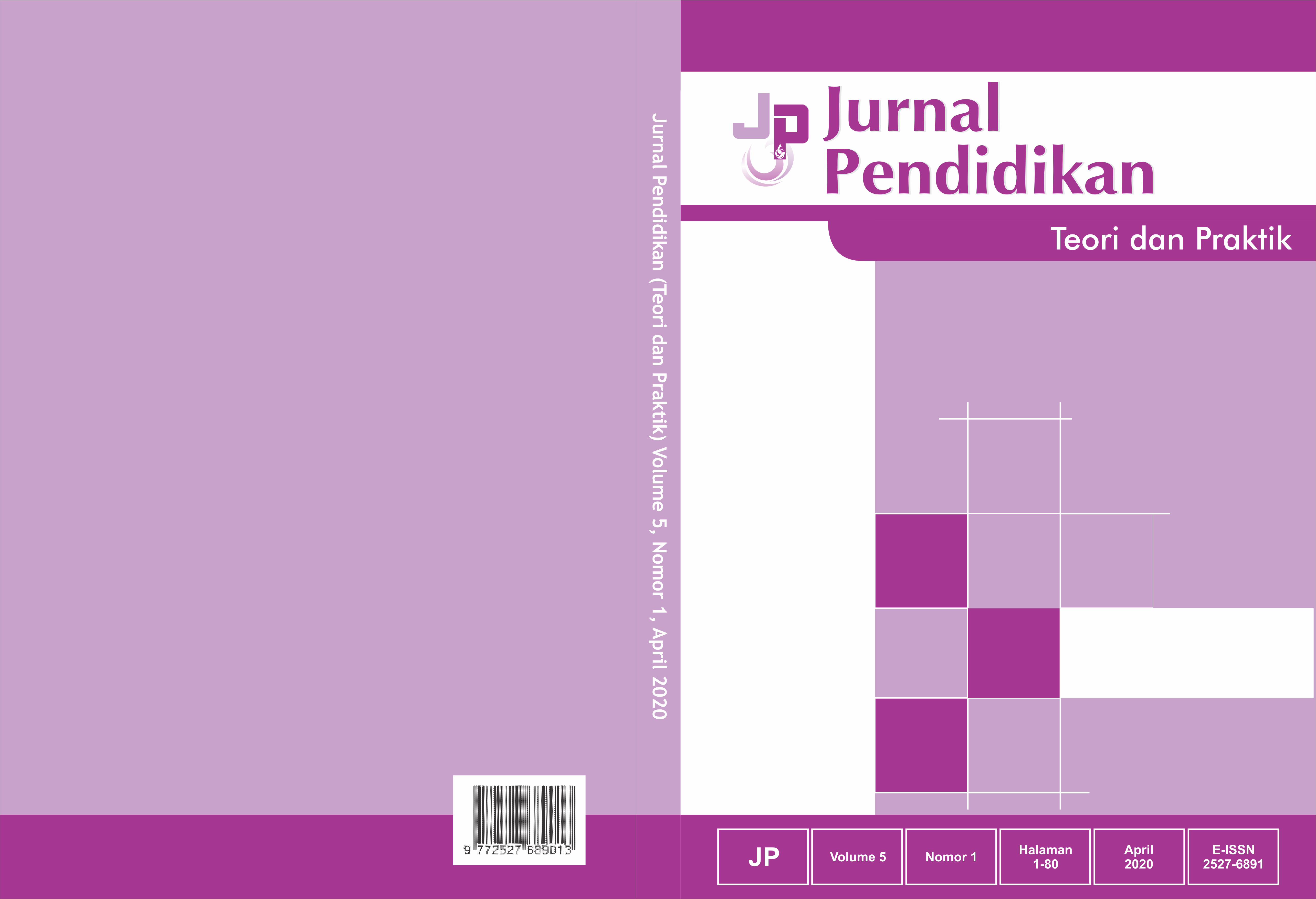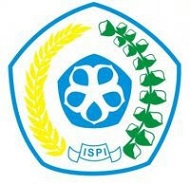Inovasi Pembelajaran Logika-Simbolik melalui Aplikasi DUTAlogic bagi Siswa Tunarungu
DOI:
https://doi.org/10.26740/jp.v5n1.p%25pKeywords:
logic, content argument, form argument, symbolic-logic, DUTAlogicAbstract
Logic is an analysis of methods of thinking. Logic emphasizes the form more than the content of arguments. mathematical logic is often also called the symbolic-logic is a part of mathematics that explores the application of formal logic to mathematics. This has a close relationship with the basic fundamental thinking of mathematics and theoretical computer science.
In this research we do three important things, the first is conventional symbolic-logic training for SLB Negeri 1 Bantul. The second step is making of symbolic-logic learning application for deaf students called DUTAlogic and the third is seeing the comparison between conventional learning and learning using the DUTAlogic.
Based on data analysis that was done. Thar result show that increase in symbolic logic ability (T) is 50%, increase in the ability of symbolic natural accuracy (N) is 50%. The used of DUTAlogic application is more attractive to deaf students because they feel happier, easier, more-understanding, more concentrated and more creative when doing symbolic-logic learning.
References
Comparing Mathematical Students of Deaf and Normal Types. International Research Journal of Applied and Basic Science, ISSN 2251-838X Vol, 7 6, 363-370.
El-Soud, M. A., Hasan, A., Kandil, M., & Shohieb, S. M. (2010). A Proposed Web Based Framework e-Learning and Dictionary System for Deaf Arab Students. International Journal of Electrical & Computer Science IJECS-IJENS Vol. 10 No.02.
Subroto, A. N., Priyono, & Rejeki, D. S. (2019). The Effect of Using Multimedia Application in Language Issues to Increase Vocability of Deaf Children Class III SLB B RTRW Surakarta 2018-2019. IJDS: Indonesian Journal of DIsability Studies Vol. 6 No.1, 113-118.
Waliki, M. (2011). Introduction to Mathematical Logic. Singapore: World Scientific Publishing, ISBN 978-981-4343-87-9.
Schach, S. R. (2007). Object-Oriented and Classical Software Engineering Vol. 6. New York : McGraw-Hill.
Putra, Zuhri, Y. Y. (2015). Pengaruh Penggunaan Multimedia Interaktif Berbasis Adobe Flash terhadap Penguasaan Kosakata Anak Tunarungu KELAS II Di SLB ABCD Tunas Pembangunan I Nogosari Boyolali Tahun Pelajaran 2015/2016. Surakarta: Universitas Sebelas Maret.
Widia, Y.A. (2013). Pemerolehan Kosakata Anak Tunarungu Berdasarkan Kelas Kata Bahasa Indonesia di SLB Karya Mulia II Surabaya: Kajian Psikolinguistik. Skriptorium
Edwards, A., Edwards, L., & Langdon, D. (2013). The mathematical abilities of children with cochlear implants. Child Neuropsychology, 19(2), 127-142. doi:10.1080/09297049.2011.639958.
Gottardis, L., Nunes, T., & Lunt, I. (2011). A synthesis of research on deaf and hearing children's mathematical achievement. Deafness & education international,13(3),131-150.
Hassan, A., Al-Mahrazi, R., Al-Dhafri, S., & Al-Nabhani, H. (2011). Standardization of the Patterns Subtest of Snijders- Oomen Non-Verbal Intelligence Battery (SON-R 512 - 17) for deaf children in the Sultanate of Oman. Indian Journal of Psychology and Education, 1(2), 2334.
Pagliaro, C. M., & Kritzer, K. L. (2013). The math gap: A description of the mathematics performance of preschool-aged deaf/hard-of-hearing children. Journal of Deaf Studies and Deaf Education, 18(2), 139-160.
Zarfaty, Y., Nunes, T., & Bryant, P. (2004). The performance of young deaf children in spatial and temporal number tasks. Journal of Deaf Studies and Deaf Education, 9(3), 315-326.
Downloads
Additional Files
Published
How to Cite
Issue
Section
 Abstract views: 561
,
Abstract views: 561
, PDF Downloads: 577
,
PDF Downloads: 577
, PDF Downloads: 0
PDF Downloads: 0








.png)





